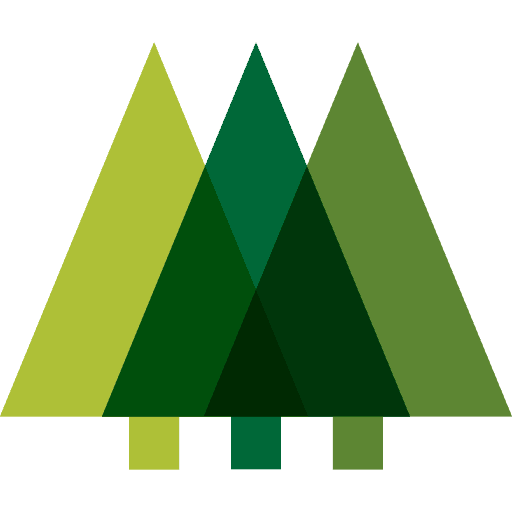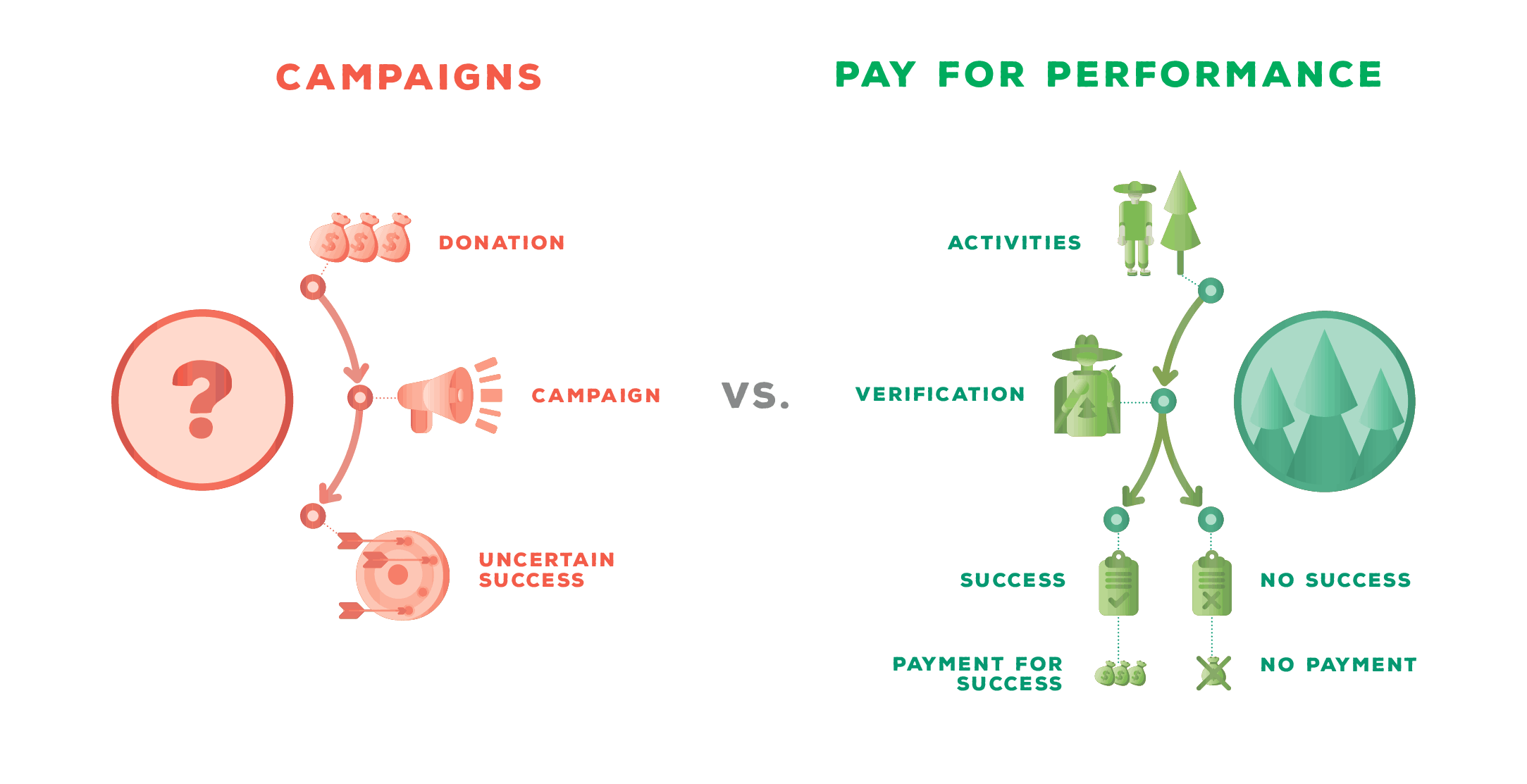REDD stands for Reducing Emissions from Deforestation and Degradation. It’s a UN-approved model specially created to fight climate change by saving forests. The ‘+’ represents all the other things we get from forests. Like biodiversity, livelihoods, wildlife habitat, and much more.
If we don’t stop climate change, we know it’s going to have devastating effects on the world. Extreme weather and natural disasters, like hurricanes, droughts, fires, or flooding, will probably become much worse. These damage homes and cities, and displace people. They also destroy crops and agriculture, leading to food shortages and maybe even famines. All of these hurt people – and they cost society a lot of money. And that’s why we can say that it’s also worth a lot of money to stop climate change.
You may be wondering how this is related to forests. Trees, roots, and soils store carbon dioxide, and lots of it. So keeping them standing avoids releasing carbon into the atmosphere.
We can count how much carbon they store, which means we know how much they’re contributing to stopping climate change. And because that’s worth money, standing forests are worth money too.
But how do we make that real? Through carbon credits, based on the amount of carbon in the forests. That’s what REDD+ does.
When keeping forests standing is worth real money, suddenly there’s an alternative to cutting them down. And then the carbon stays in the ground.
That’s what Stand For Trees certificates represent. Each is worth a fixed amount of carbon not emitted because a forest is keeping it safely stored. Buying one means you are helping to create a real alternative to deforestation and to climate change.
Our projects are the link between you and the forests. They measure the carbon in the forests, stop deforestation, and set up the system for receiving REDD+ payments. To qualify, they have to prove the forests aren’t being cut down.








